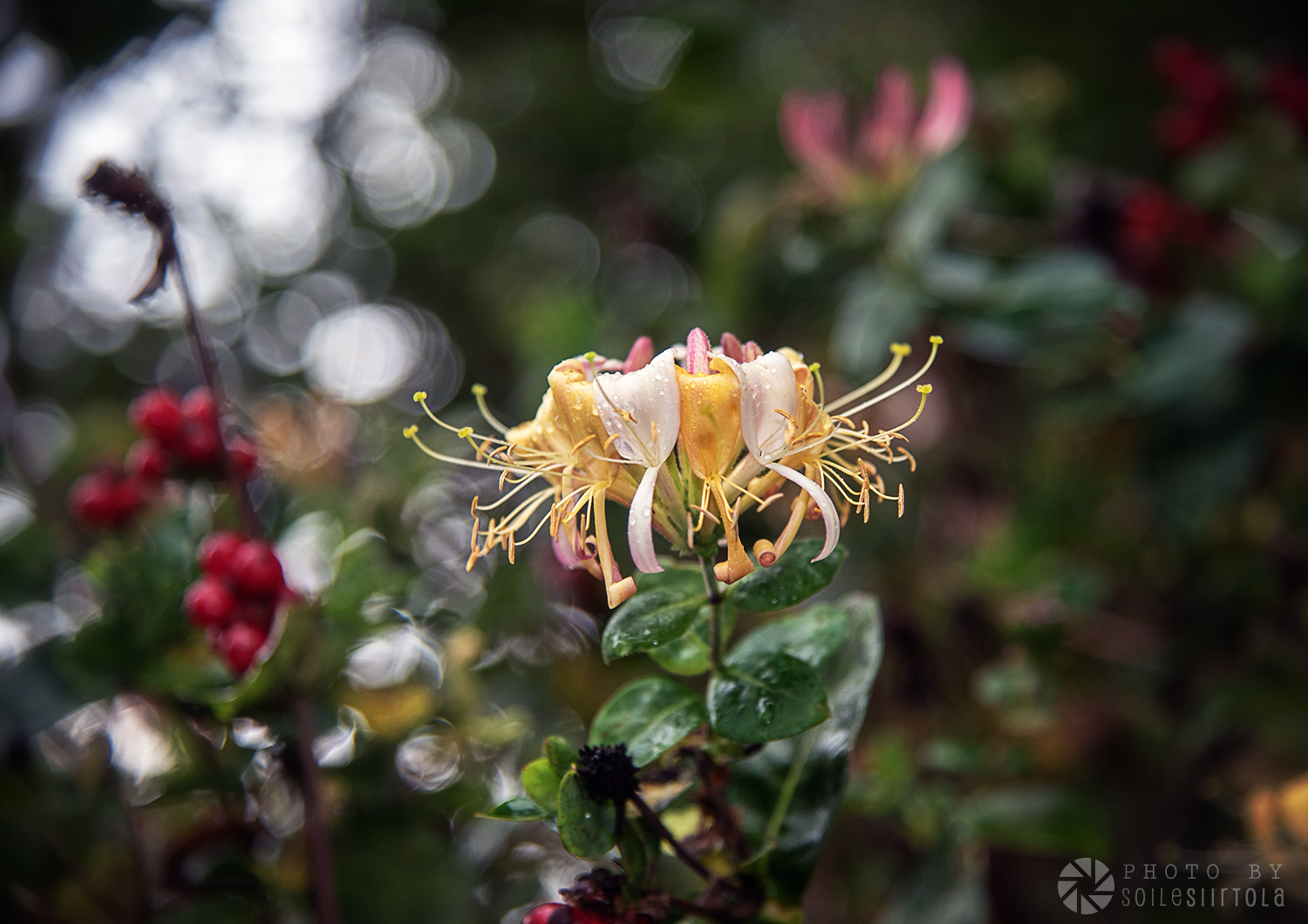HYPERFOCAL DISTANCE
» Find and Use Hyperfocal Distance for Sharp Backgrounds
Digital Photography School» Hyperfocal Distance Explained + Free Calculator
Pixels and Wanderlust» How to Use Hyperfocal Distance For Sharper Pictures
ExpertPhotography
» How to use the hyperfocal distance table
PhotoPills
 The preset aperture mechanism — a click-stopped ring to set the stop-down aperture accompanied by a stopless ring that smoothly moves between wide open and the aperture preset on the other ring — has several advantages for digital cameras:
The preset aperture mechanism — a click-stopped ring to set the stop-down aperture accompanied by a stopless ring that smoothly moves between wide open and the aperture preset on the other ring — has several advantages for digital cameras:




